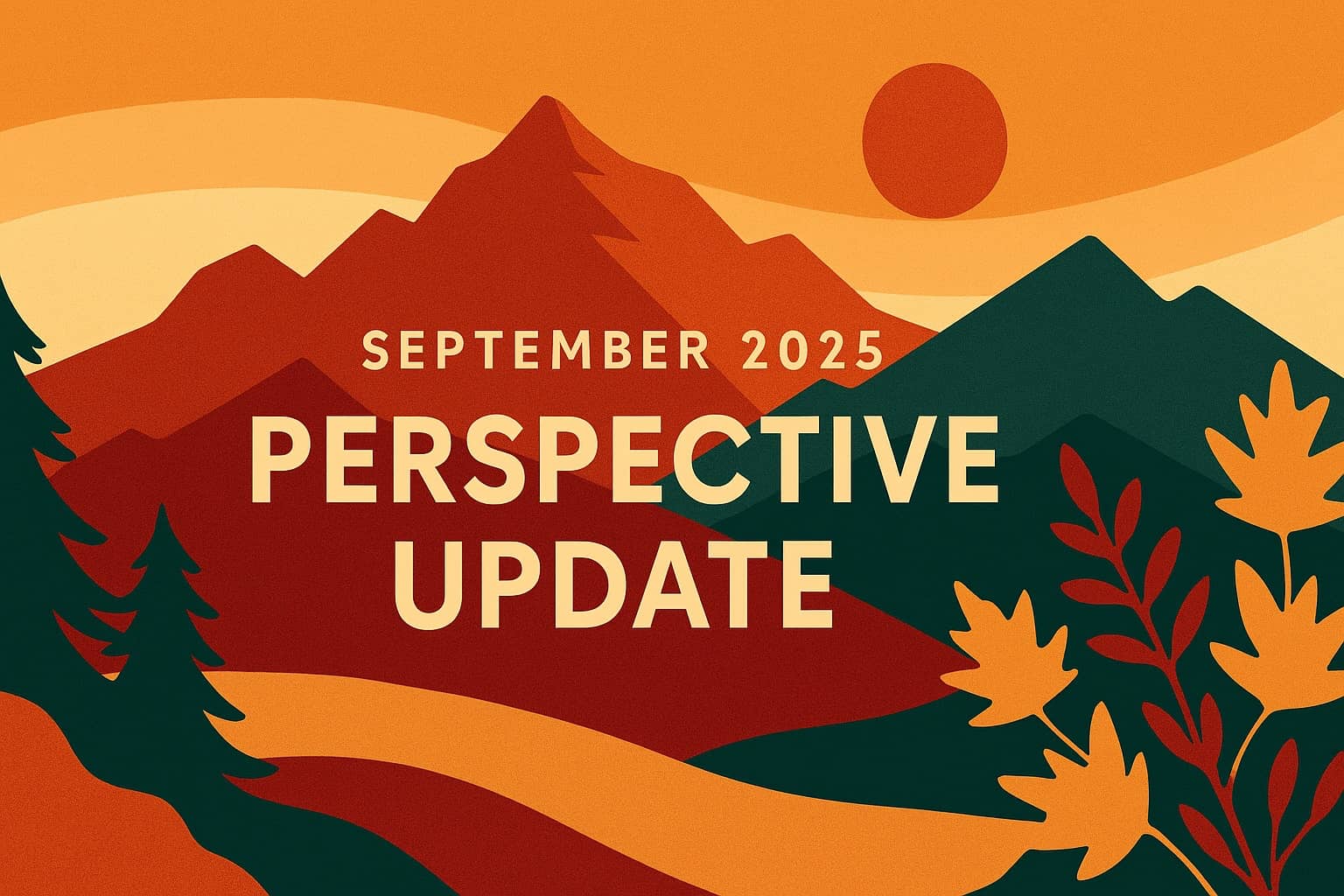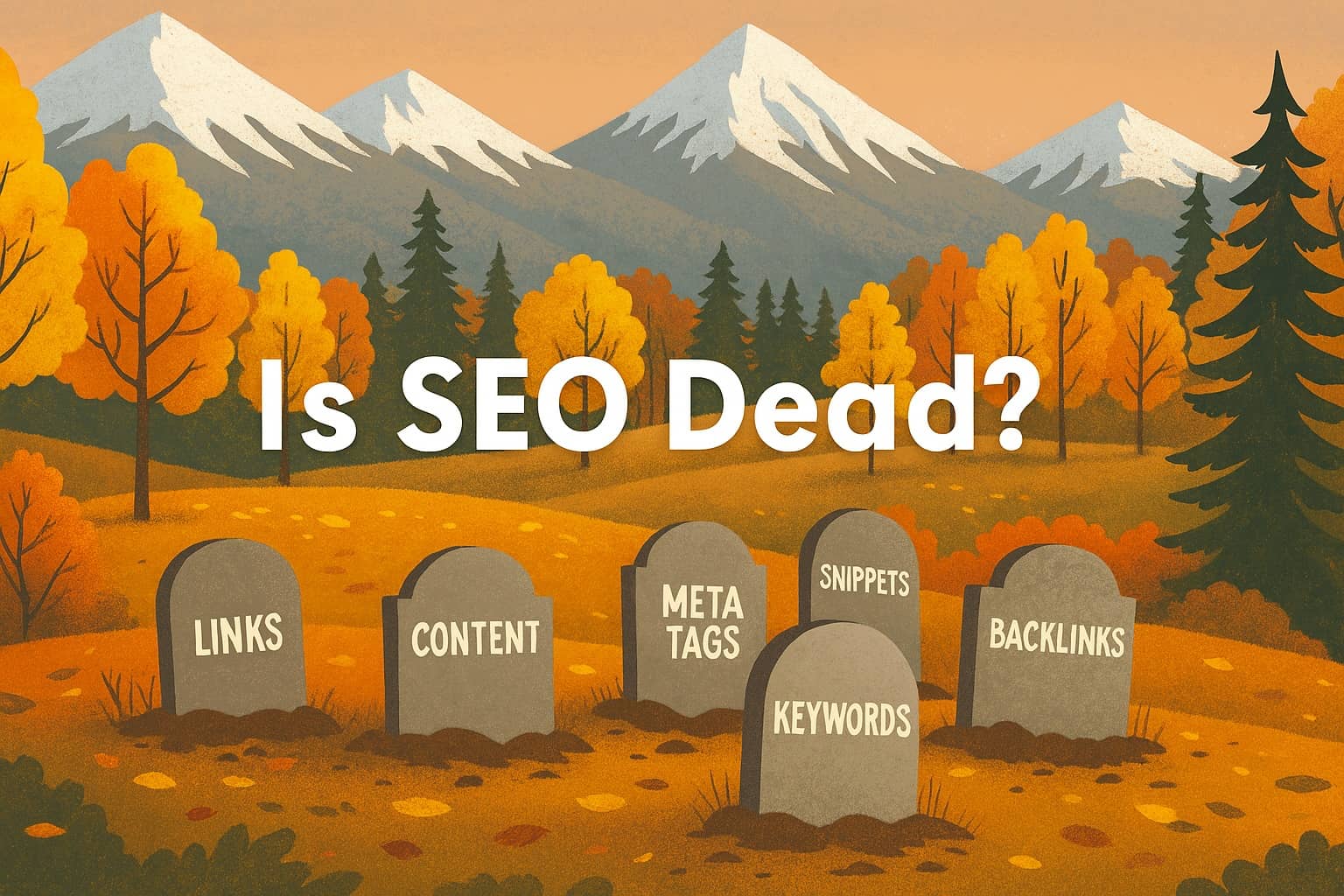table of contents
September 2025 Perspective Update: Overview
The September 2025 Google core update, widely reported under the codename “Perspective” (also referred to as “Google’s September 2025” core update), represents a fundamental shift and a major reweighting of ranking signals toward deeper intent understanding and true user satisfaction rather than shallow keyword matching.
Key Takeaways
- New primary signal – Intent Satisfaction Metrics: Google now measures whether the user’s query is fully resolved on a site (not just whether they clicked), favoring pages that achieve user journey completion by thoroughly answering the original question and any follow-up inquiries. This metric is a key factor in Google’s new ranking system, rewarding content that guides users through a complete, logical pathway without requiring additional searches.
- Reimagined E‑E‑A‑T: Experience and demonstrable expertise have increased importance; Google is rewarding content that shows genuine understanding and unique insight rather than recycled summaries.
- Mobile and SERP decoupling: Mobile-first evaluation intensified, and rankings can diverge between mobile and desktop. Google also increased in‑SERP answers and AI summaries; these features are powered by Google’s AI, which now plays a significant role in how Google ranks content in the SERPs, transforming the search experience and content evaluation.

Why some sites experienced a traffic drop and others rose
Sites that optimized purely for keywords or scraped/duplicated content lost ground, especially those with keyword stuffing, keyword-stuffed pages, or keyword-stuffed content, which have experienced significant ranking drops. Sites that provide comprehensive answers, original perspectives, or strong engagement signals gained visibility. This shift highlights the importance of content quality, unique value, and offering comprehensive resources to meet Google’s new standards.
Part of the apparent sudden impression/traffic drops came from a reporting change tied to the removal of the &num=100 parameter and the broader “decoupling” where Google’s own AI answers reduce clicks even if the content remains useful. Additionally, top-ranking pages for target keywords are now determined by deeper content quality and user satisfaction, not just keyword presence.
Technical SEO transformation
Technical SEO has never been more decisive. The September 2025 update didn’t just tweak the algorithm; it fundamentally shifted how Google evaluates websites. Your site’s technical foundation now determines whether you’ll thrive in this new search landscape or get left behind. Content alone won’t cut it anymore. You need technical robustness that matches Google’s evolving demands for user satisfaction and intent fulfillment.
Site architecture isn’t just organization anymore; it’s your content strategy made visible. Think of topic clusters as your expertise map, with pillar pages serving as the foundation that connects to focused cluster content. Search engines can finally see the depth of your knowledge and how your pages relate to each other. But here’s the thing: this structure doesn’t just boost your search visibility. It guides users through their journey like a well-designed roadmap, making journey completion and intent satisfaction almost inevitable.
Speed has become the make-or-break factor. Google’s Core Web Vitals: Largest Contentful Paint, First Input Delay, and Cumulative Layout Shift—aren’t suggestions anymore. They’re the benchmarks that separate winners from losers. You’ll want to get familiar with PageSpeed Insights and Search Console if you haven’t already. Optimize those images, minify that code, and enable browser caching. Fast, stable sites don’t just rank higher, they keep users glued to your content, creating a feedback loop that directly impacts your search rankings.
Mobile optimization has evolved way beyond responsive design. Google now evaluates mobile and desktop results separately, which means you can’t just hope your desktop experience translates well. Your mobile experience needs to be lightning-fast, intuitive, and accessible on smaller screens. Sites that nail mobile usability get rewarded with higher rankings and more traffic from mobile searches. That’s not speculation, that’s the new reality.
User experience metrics have become the hidden ranking signals you can’t ignore. Google isn’t just measuring when your page loads anymore; it’s tracking how quickly users can actually interact with meaningful content. Interaction readiness and content stability are now integral to your technical SEO foundation. When users can engage with your site immediately, bounce rates drop and search engines take notice. That’s your signal of high user satisfaction right there.
Staying ahead means embracing AI tools for ongoing technical analysis and improvement. Google Search Console provides actionable insights that were unimaginable just a few years ago. Structured data and schema markup have become your content’s translators, helping search engines understand exactly what you’re offering. The result? Enhanced search impressions and rich results that make your content stand out in search results.
The technical SEO transformation driven by Google’s September 2025 update demands a complete rethink. You need robust site architecture, optimized speed, mobile-first design, and relentless focus on user experience metrics. But here’s what separates the leaders from the followers: embracing advanced AI tools and understanding that technical SEO is now the foundation of everything else that builds on. Get this right, and you’ll secure stronger search rankings, drive more search traffic, and deliver the user satisfaction that Google now prioritizes above everything else.
Immediate recovery checklist for search engine issues (prioritize these this week)
| SEO Action | Description |
|---|---|
| Audit top pages for journey completion | Identify queries that drove traffic and measure whether pages answer follow-on questions. Combine canonical page updates with clear next-step pathways. |
| Deepen E-E-A-T evidence | Add author credentials, primary research, unique examples, case studies, dated firsthand observations, and citations to original sources. |
| Consolidate and prune | Merge thin, overlapping pages into authoritative resources; remove or noindex low-value thin pages. |
| Optimize for in-SERP consumption | Structure content so that if Google shows an excerpt, readers still see a compelling reason to click (e.g., tools, downloads, interactivity). |
SEO strategy tactical playbook (30–90 days)
| SEO Initiative | Details |
|---|---|
| Content triage | Tag pages by intent complexity (transactional, informational, navigational). Build hub-and-spoke models for informational queries and layer in comprehensive SEO and content marketing strategies. |
| Behavioral signals | Add micro-interactions like FAQs, jump links, and progressive disclosure to increase engagement and signal satisfaction. Include meta tags as part of on-page optimization. |
| Authoritativeness pipeline | Commission original research, expert interviews, and data visualizations to build topical and domain authority through expert-driven content clusters. |
| Testing and measurement | Run A/B tests for titles/snippets, monitor session-level signals, and use cohort analysis to filter noise. Watch for traffic drops and stay updated via industry sources like Search Engine Journal. |
| Recovery reporting cadence | Weekly rank/click reviews, monthly content refreshes, and quarterly authority-building. Diversify traffic via blog posts and social media to reduce reliance on single channels. |
Future-proofing your SEO approach is essential; leverage digital marketing to adapt to ongoing changes and ensure long-term resilience.
Quick wins to regain traction with core web vitals
- Add concise summary blocks near the top that directly answer the query, followed by expanded original insight to encourage clicks. Optimize these summary blocks for AI-generated summaries that address user queries directly in the SERPs.
- Convert high‑volume thin pages into comparison or how‑to guides that fully resolve user intent by providing helpful content and demonstrating real expertise.
- Publicly surface unique assets (datasets, tools) and link them from hub pages to amplify authority, offering fresh perspective value to stand out in the search results.
Closing note
Perspective shifts the SEO playing field from optimization-for-the-algorithm to optimization-for-the-user-journey: prioritize demonstrable expertise, complete answers, and mobile-first usability while accounting for new reporting quirks so you can separate true traffic loss from measurement changes.
September 2025 Perspective Update – Important Concepts to Know
What is the Perspective Update?
The Perspective Update is Google’s September 2025 core algorithm refresh that prioritizes real expertise, depth, and user intent alignment over keyword-heavy content.
Why did rankings shift so dramatically?
Google reweighted ranking signals to favor firsthand experience, topical authority, and content that solves real user problems. Over 40% of search results saw volatility.
What types of content are now favored?
Pages with original research, expert commentary, and comprehensive answers—especially those anticipating follow-up questions—are outperforming thin or generic content.
How should sites respond to this update?
Audit top pages for intent coverage, deepen E-E-A-T signals, and build hub-and-spoke content clusters that demonstrate authority and user-centric value.




